The Right Way to Fast

Fasting was one of the most Googled diets in 2018, according to U.S. News & World Report, and the No. 1 diet in the U.S., according to the International Food Information Council. To learn more about a novel, safe and effective way to fast while eating a special plant-based diet, read on for insights from Dr. Joseph Antoun, CEO and chairman of the Board of L-Nutra, which develops nutrition-based technologies to promote longevity, and Valter Longo, Ph.D., professor of gerontology and biological sciences and director of the Longevity Institute at the University of Southern California.
How fasting emerged from anti-aging research

Initially, anti-aging researchers (including Longo) worked to identify the genes that control aging and longevity. Yet with drugs to target those genes many years away from release, they decided to focus on nutrition. “We began to understand that maybe it wasn’t just about slowing down the aging process via nutrition but also promoting a very sophisticated set of genes that causes rejuvenation in the body,” Longo says. “We wanted to know, Is there a way to bring an organism back to a younger and healthier state?” Fasting for a few consecutive days, Longo and other researchers learned, can be a way to achieve this, helping to delay the aging process on a cellular level.
Fasting is age-old and natural
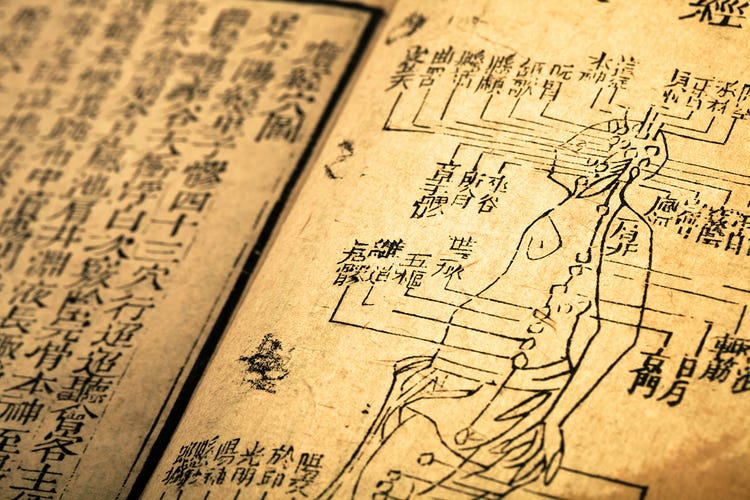
Although fasting has become trendy lately, it’s actually as old as humanity and quite natural for our bodies. “We humans lived more than 99 percent of our human existence on this planet with food being scarce,” Antoun says. “So fasting was part of our development.” Fasting, he continues, is also common among many major religions, such as Christianity, Judaism and Islam. “So I always say, if prayers are the healing of the soul, fasting is the healing of the body.”
The best ways to fast
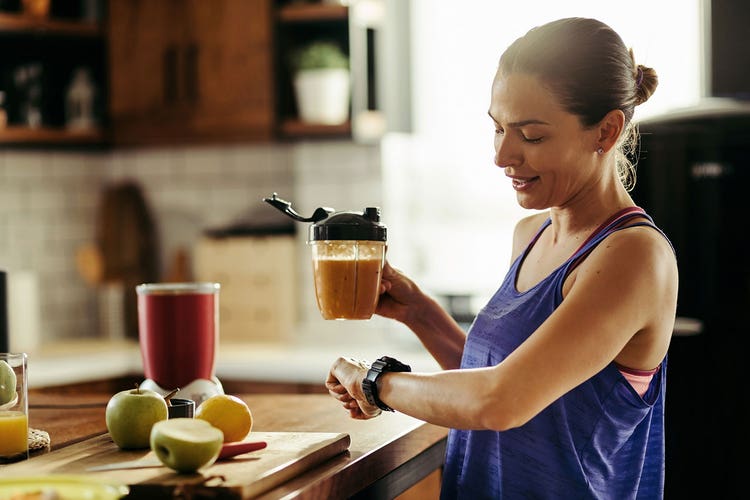
Fortunately, science has shown that all-out starvation does not promote longevity, Longo says. (Insert sigh of relief here.) In fact, fasting for 16 or more hours can actually involve some risks, including shorter life span, increased cardiovascular mortality and gallstone formation.
Longo notes that independent research has shown eating within a 12-hour window (and fasting the remaining 12 hours) each day is safe and has many health benefits such as weight management and healthy aging. Most centenarians, living 100 and beyond, eat in the early evening and do not snack at night and therefore go 12 to 13 hours with no food.
Through his own research at USC, funded by more than $30 million by the National Institutes of Health, Longo also found that prolonged fasting of consecutive days induces faster weight loss, metabolic correction and, most important, cellular repair and regeneration. Given the risks and inconvenience to water-fast for a long period, Longo’s labs studied each nutrient to see how much a cell needs to be satisfied. He developed a five-day food regimen that nourishes the body but not enough for the cells to go of fasting. This breakthrough discovery is called the Fasting Mimicking Diet. In 2018, this fasting diet was granted a patent on promoting regeneration in organs, longevity and health span.
“Clinical trials of the Fasting Mimicking Diet have showed major [positive] effects on cholesterol, blood pressure and fasting glucose,” Longo says. (Longo’s Fasting Mimicking Diet regimen has been packaged as a five-day consumer offering called “ProLon,” available exclusively from L-Nutra.)
How the Fasting Mimicking Diet works

Although low-calorie, the Fasting Mimicking Diet includes plant-based protein, healthy fats and fiber-rich carbs, so participants tend to lose fat fast but not lean body mass, Antoun explains. He and Longo view the Fasting Mimicking Diet as a regimen to do only five days a month for three to 12 times a year. For professional athletes, they suggest trying it during “rest” or light exercise periods three times a year. For nonprofessionals, you can do ProLon alongside light exercise such as weightlifting. In addition to cellular repair, ProLon is one of the fastest ways to lose weight and helps maintain healthy levels of cholesterol, triglycerides, blood pressure, insulin and glucose.
As for what it includes, the Fasting Mimicking Diet involves consuming specific packaged products over a five-day period. Together, these low-calorie edibles mimic the effects of fasting, so the body believes it’s in a fasted state. During the first two days of this particular diet, you live off your fat, Antoun says. “From hundreds of thousands of years of evolution, our bodies running on no food learned to produce ketones from fat to keep our brains working and to increase growth hormones to support our muscular system,” he says. “That way, we could keep walking until we found our next animal or plant to eat.”
After two days, the cells begin the process of autophagy, in which they clean and optimize their insides for cellular rejuvenation. “The way we gain muscles is to stress them by exercising,” Antoun says. “With fasting, it’s a similar phenomenon but instead affects every cell of the body.” (Autophagy is of such critical importance that Yoshinori Ohsumi, the scientist who discovered it, was granted the Nobel Prize in Medicine in 2016.)
What else we can do to increase life span
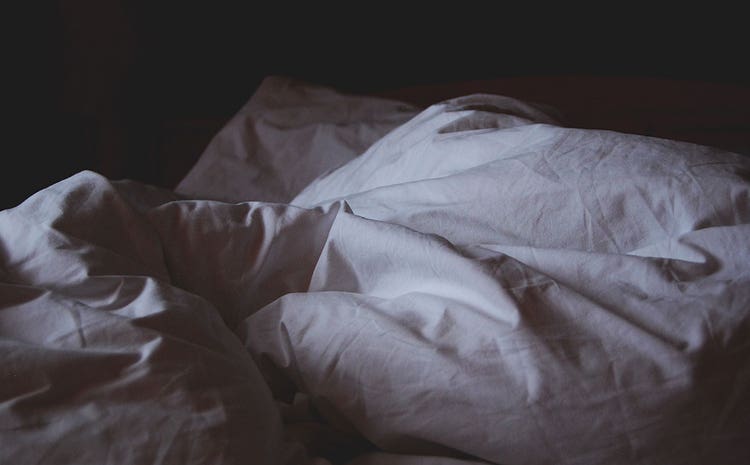
Other than fasting, exercise, Longo encourages. Research has shown that you should move about 150 minutes a week, plus be active about an hour a day, he explains. “That combination seems to optimize life span and minimize mortality.” Also, sleep well and try to avoid eating within three hours of going to sleep.
Health care should focus on preventative strategies like fasting

Life expectancy in the U.S. decreased by 0.4 years over the past four years, Antoun says. That’s because of health care’s “tremendous investment in late-stage sick care” rather than preventative strategies, he explains. Yet doctors are not taught about nutrition—even though fasting in particular has proved to be one component of boosting life span. Experimenting with fasting, whether via the 12-hour time frame per day or the Fasting Mimicking Diet a few times a year, could help your longevity. The American Heart Association reported on November 25, 2019, that “regular fasting could help you live a healthier, longer life.”
Getting to know Dr. Joseph Antoun
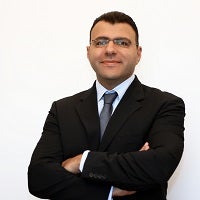
Fasting strategy: I do the ProLon Fasting Mimicking Diet three to four times a year and practice 12 hours of intermittent fasting on a daily basis. I sometimes eat the Fast Bar at the 12th hour, which nourishes my body while keeping its cells in a fasting state until the next meal.
First thing you do after waking up: I meditate on my sense of purpose and mission to enhance people’s health, then shower and brush my teeth.
Last thing you do before going to sleep: I say a prayer and remember people I’m thankful for. I also reflect on my day and strategize for the next day.
Last book you read: “The Longevity Diet” by Valter Longo.
Next vacation: Taking my wife to Italy.
How do you exercises: I walk for about 28 minutes each way to work and lift weights. If I’m outdoors, I’ll play basketball or tennis.
Getting to know Valter Longo
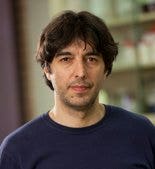
First thing you do when you wake up: Exercise every other day.
Last thing you do before going to sleep: I make phone calls.
Last book you read: “Never Let Me Go” by Kazuo Ishiguro.
Next vacation: I don’t take vacations because I am constantly traveling for work.
Favorite music: I am trained as a rock musician and listen to jazz and rock, including Pink Floyd.
Favorite food: Minestrone with pasta, legumes and vegetables
How do you cope with stressful moments: “I’ve always had the philosophy that nothing besides health is that important. I just say, ‘Well, I’m healthy, so I’m probably OK.’”
Favorite way to exercise: I ride a bicycle.
Video credit: adrian825, Getty Images
Photo credit: Jose Luis Pelaez Inc, Getty Images; poba, Getty Images; 4X-image, Getty Images; Drazen Zigic, Getty Images; DjelicS, Getty Images; Krista Mangulsone, Unsplash; izusek, Getty Images